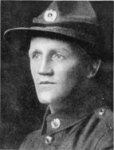
HENRY
JAMES NICHOLAS
The
life of one
generation of young New-Zealanders

In 1916, 30,000 young people
under 25 left NZ to go to war.
The country was depopulated of 102,438 men during the conflict for a male population of military age of 243 376 men, 20 % of all people of New Zealand. This country was bled of its manpower.
New Zealand, was emptied of its farmers, young workers, students, and young office workers. They were all excited to face the great adventure.
Henry James Nicholas was born June 11, 1891 in Lincoln in the south west of Christchurch and later lived at 35 Berry Street, in the city suburb of Saint Alban. He was a Calvinist adeherent.
He attended the Normal School in Christchurch and later trained as a professional carpenter, but the economic crisis in the Antipodes before the first World War, led him to Australia where he stayed until 1915.
He was a good boxer and he won a number of in that sport. This would serve him well as a soldier when he joined in 1916.




February
1916
Trentham camp
Trentham camp
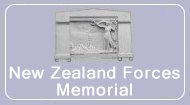
In summer (February8) 1916, Henry left Christchurch with 210 other men
from Canterbury. went to Wellington by ferry and entered the Trentham
Military Camp, where he spend five weeks on manoeuvres training of war.
In 1916, 30,000 young people under 25 left NZ to go to war.



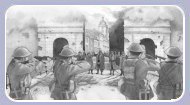
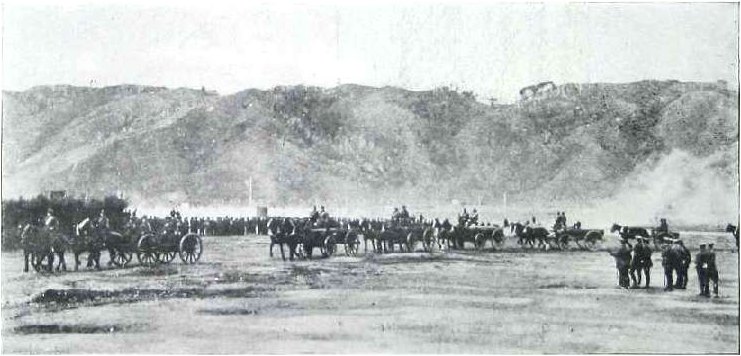



As
with all soldiers, he underwent several medical examinations.
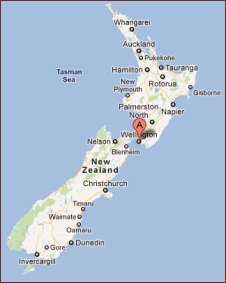
March
1916
Featherston camp
Featherston camp
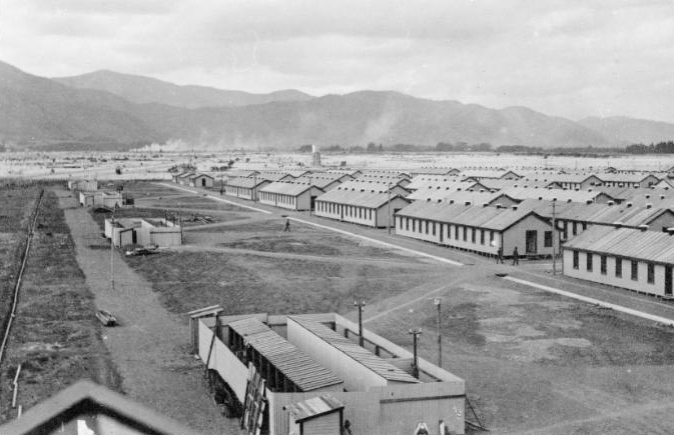
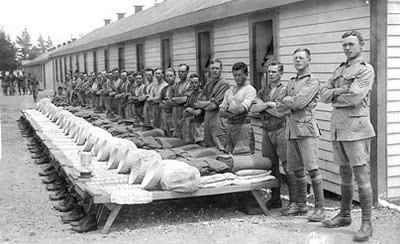
On
March 17, 1916, he was transferred to Featherston Camp, 35 kilometres
north in the Wairarapa district for a period of a further 13 weeks training.
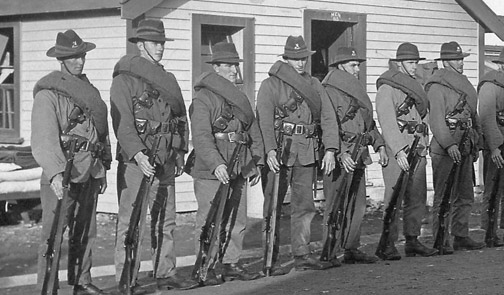
This
period ended with a difficult walk of 35 km back through the Rimutaka
hills.
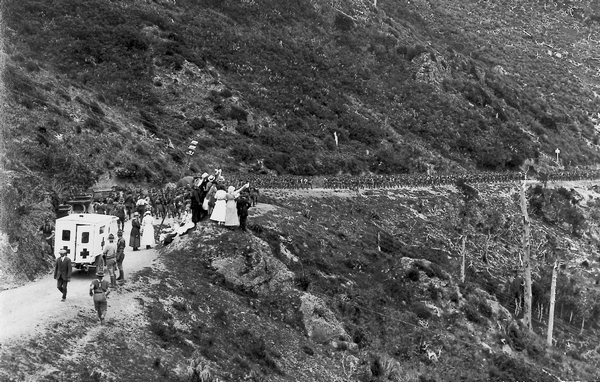
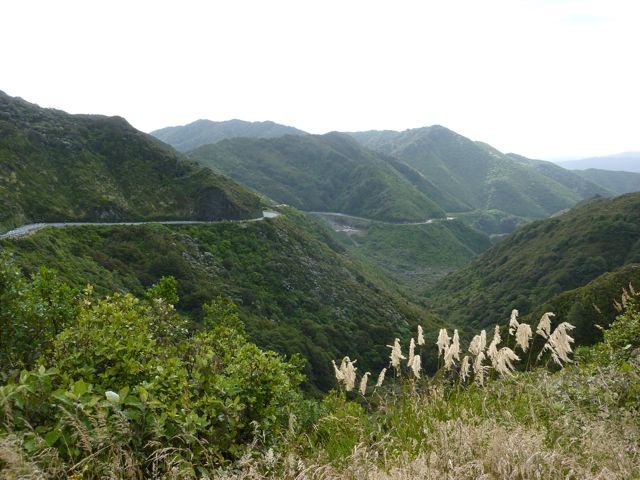
After
this period, the instructors believed that the soldiers were ready for
the front.
Much
bad news arrived from Europe, but the enthusiasm of the troops was always
good. An air of Germanophobia was maintained among the troops to keep
the men ready to fight. Henry's company was considered the best ever formed.
Departure for Europe
On May 30, 1916, he embarked as an infantry soldier leaving his country without knowing that he would never come back. With other NZ soldiers they will form an army overseas of 60,900 men.
The trip to Europe allowed many of these men to travel to the land of their ancestors.
Annah, the mother of Henry, was born in 1867 in Berkshire, South London. She emigrated to New Zealand in 1874. A year in which 38 000 European people (with German included) embarked on a sailing ship for a journey that could take up to 4 months to make the crossing under conditions of great deprivation and insecurity..
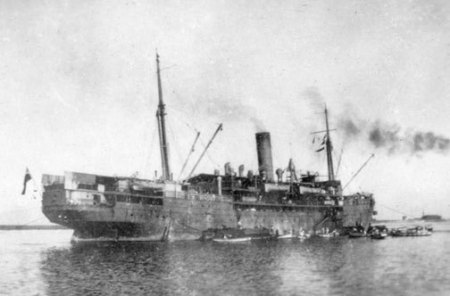
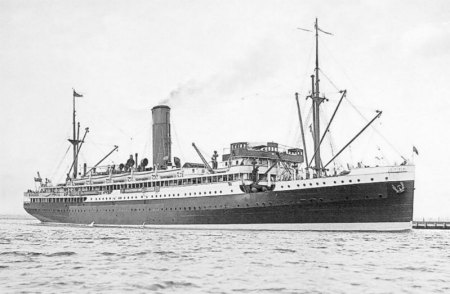
The trip was made aboard two ships, the Tofu and the Willochra, Harry was on this ship.
The ship was 7784 tons and the journey was far from being a pleasure cruise because the German submarines already provided a very devastating threat from the region south of Ireland.
These
Merchant troop carriers had also to pay much attention to the many mines
that could sink them.
It was with some trepidation that men boarded the ships that were painted with stripes to blend in with the waves.
The trip would last 54 days.
On
board, life was punctuated by gymnastic exercises and time spent handling
the bayonet. When the weather was good, men could leave cabins for target
shooting They were also initiated to the Haka challenge (War dance.) by
members of the Maori Pioneer Battalion.
On
the ship, the soldiers listened to lectures to make them aware of the
horror of the conflict that they would face . They were taught to use
gas masks and other items pertaining to the barbarity of war.
Henry
was a good amateur boxer and the sport was very popular in the Antipodes.
The commander organized several bouts on board the ship to maintain the
aggressive side of both boxer and spectators.
The two ships form a convoy and enroute stopped in Durban, South Africa.
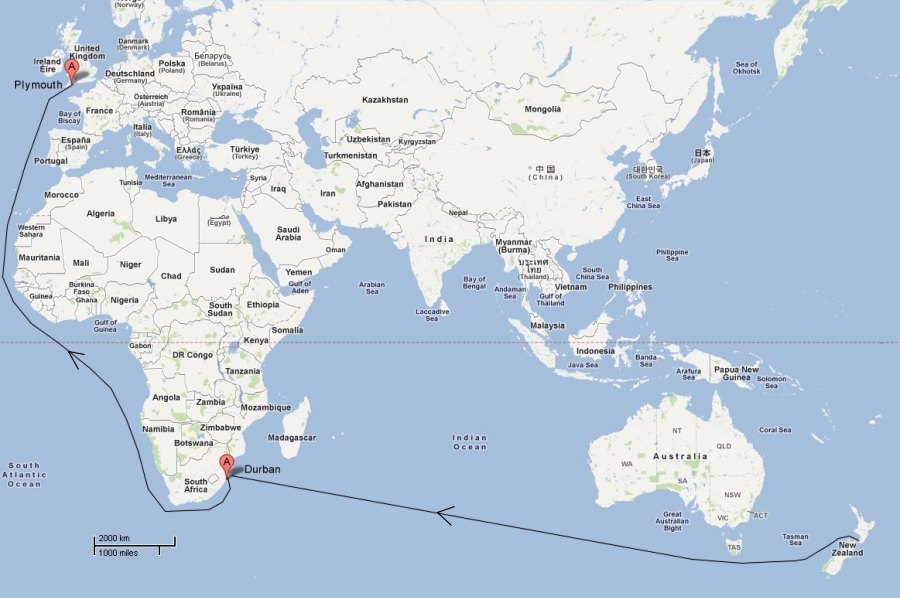
The 13th reinforcements arrived on July 26, 1916 in Plymouth, southern England and went to the camp at Sling.
This
was an old British military base on Salisbury Plain. The camp was then
a sad, damp and totally isolated place.
It was reported tp consists of cells full of rats, with the inside covered
in mud.
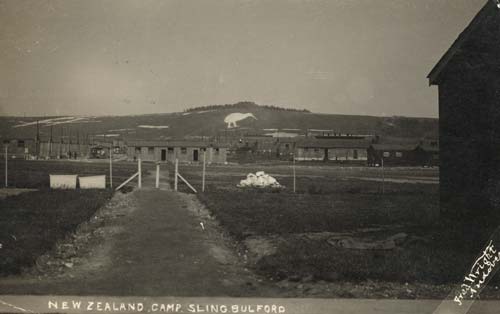
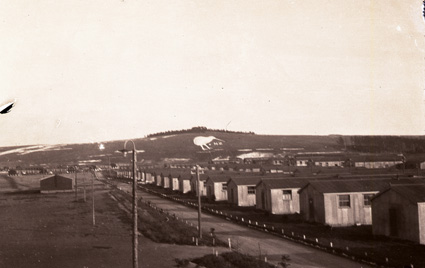
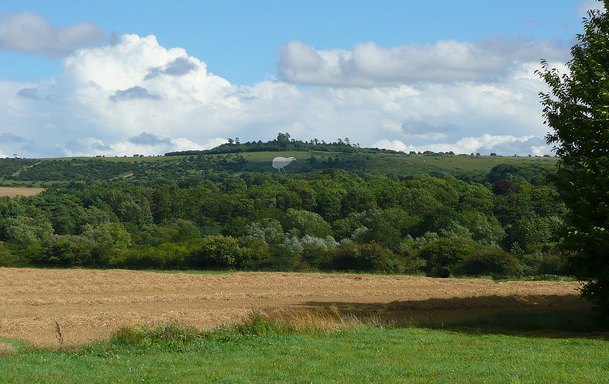
Located 120 km from London, Salisbury camp could accommodate 5000 soldiers.
While most soldiers left their country seeking adventure, this is not what they would find.
In
September 1916, the men left the repaired camp, crossed the English Channel
(La Manche) and entered to the sad camp at Etaples, France, in a very
bad weather.
This
weather transformed the battlefield into huge muddy cratters.
When
they left the camp of Etaples, the soldiers knew little of the fact that
they were going to one of the bloodiest fronts of the war. That was when
Henry James Nicholas and other young soldiers would experience their baptism
of fire. They, along with so many other anonymous 2nd class soldiers.
Henry James Nicholas, from the outset, bathed in this mess where the foot can no longer distinguish hard ground from the bodies of dead soldiers.
Henry was known as a "digger", a sodier that dug trenches. This is the equivalent of "hairy" in French. The "diggers" moves tons of earth to dig the trenches needed for minimum protection in this terrible conflict.
On May 21 he was promoted to lance-sergeant, then Sergeant less than a month later.
He spent 25 months on the front.
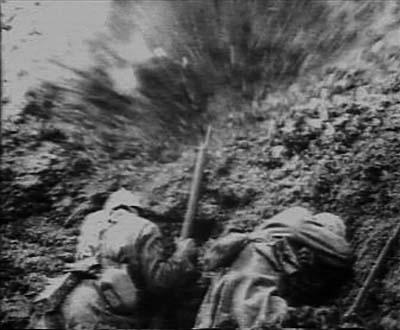
The area of the castle of Polderheak is synonymous with the horror of the First World War.
The
assault on the tiny Belgian village cost the lives of thousands of New-Zealand
soldiers. Its impact has had repercussions far beyond the battlefield,
leaving deep scars in many communities in New Zealand and in many families.
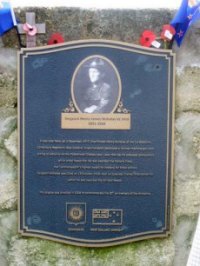
Here is what it says on the plaque erected by the grateful community of Zonnebeke, in September 2008 to honor Sergeant Henry James Nicholas VC MM.
On 3 December 1917, at Polderhoek in Belgium, for most conspicious bravery and devotion to duty in attack, Henry Nicholas, who was one of a Lewis gun section, had orders to form a defensive flank to the right of the advance. This was subsequentty checked by heavy machine-gun and rifle fire from an enemy strong point.
Whereupon, followed by the remainder of his section at an interval of about twenty-five yards, Private NICHOLAS rushed forward alone, shot the officer in command of the strong point, and overcame the remainder of the garrison of sixteen by means of bombs and bayonet, capturing four wounded prisoners and a machine gun.
He captured this strong point practically single-handed, and thereby saved many casualties.
Subsequently, when the advance had reached it's limit, Henry Nicholas began collecting ennemy ammunition under heavy machine-gun and rifle fire.
His exceptional valour and coolness throughout the operations afforded an inspiring example to all.
These acts of bravery earned him receiving the Victoria Cross.
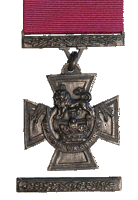
The
Victoria Cross (VC) is the highest military decoration awarded for bravery
against the enemy, for members of the armed forces of various Commonwealth
countries.
It supersedes all other orders, decorations and medals. It can be attributed
to a person of any rank in any service and civilians under military command.
In the UK, it is awarded by the Sovereign of England, and the inauguration
takes place at Buckingham Palace in London.
In October 1918, the men of 1st Battalion of Canterbury were dedicated to dislodge the enemy machine guns and snipers in the area of Beaudignies. Although dangerous, these missions were met successfully.
On the night of October 23, 1918, Henry heard the sound of boots from german troops. Now accustomed to the theatre of war, he calls out to challenge the enemy.
The German officer pulls out his gun and shoots without seeing his opponent. Then the New Zealanders retaliated killing almost all the German soldiers. In the New Zealand side, only one man was hit, the bullet from a German officer struck Henry James Nicholas in the head killing him instantly.
The section were stunned. They had just lost the Sergeant they were so proud of.
The armistice was signed November 11, 1918, 19 days after the death of Henry James Nicholas. He was not to participate in the liberation of Le Quesnoy.
He
had come to join in a great adventure, but like many other young New Zealanders,
he was not to the land of his birth after this terrible conflict.
Henry was buried in the French cemetery at Beaudignies. However, as the battalion wanted to show him more respect, his body was then buried with military honors at the cemetery of Vertigneul in northern France alongside other New Zealand fallen soldiers.
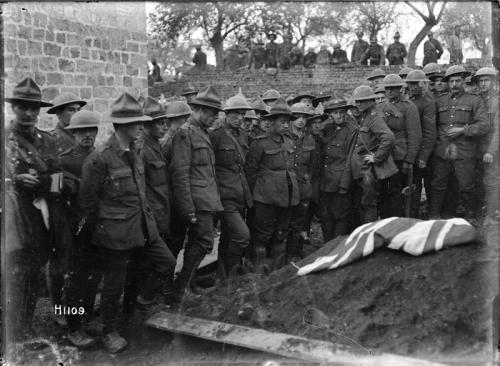
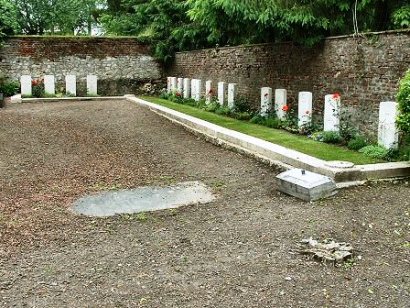
On March 7, 2007, New Zealand inaugurated a statue in memory of Henry James Nicholas.
Made in Bronze it stands 2, 40 m. High and can be found in Hagley Park in Christchurch, near the neighborhood where he lived.
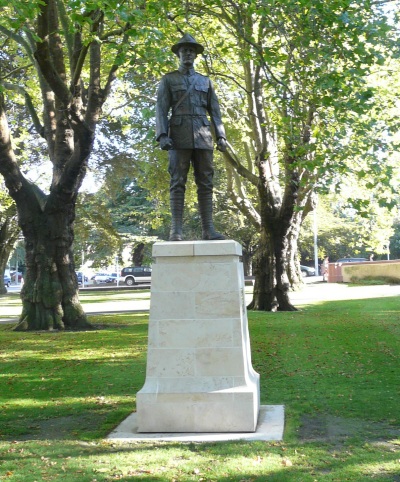
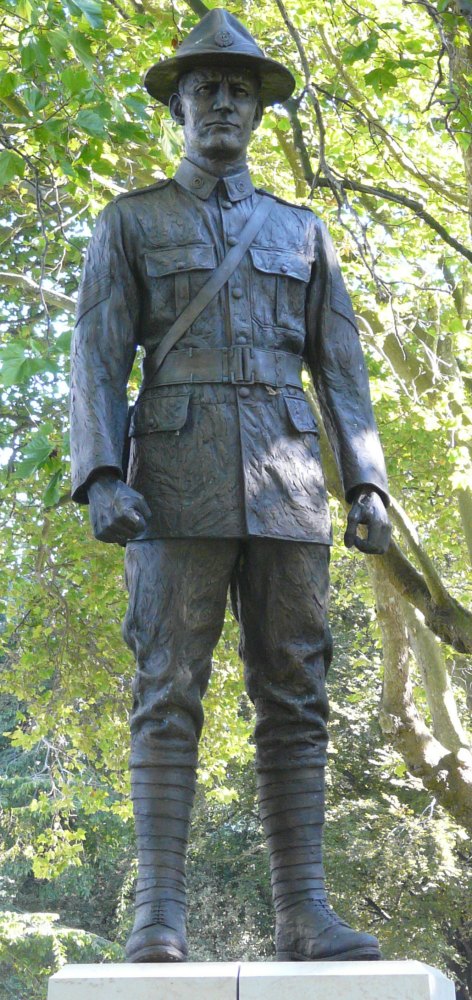
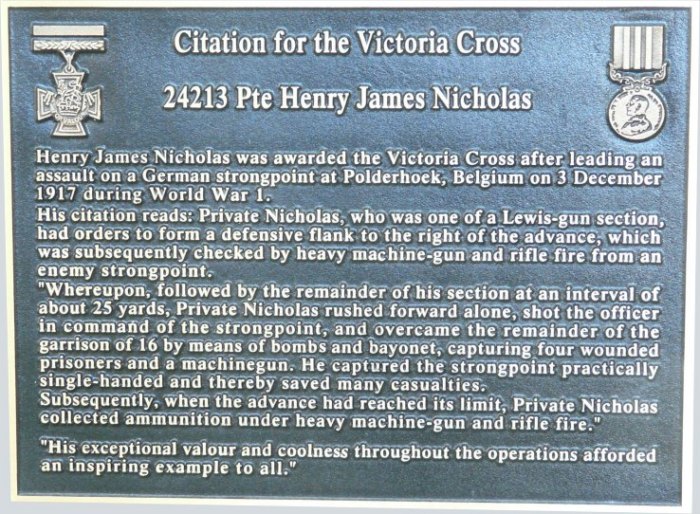
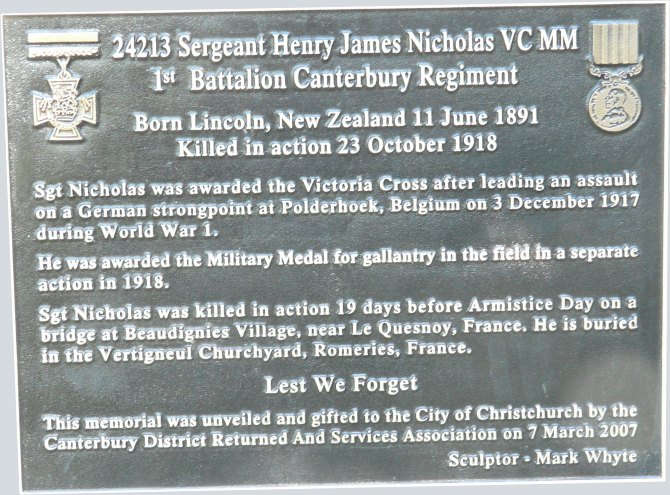
Henry James Nicholas died at age 27.
More than 18,000 New Zealand soldiers were killed during the First World War.